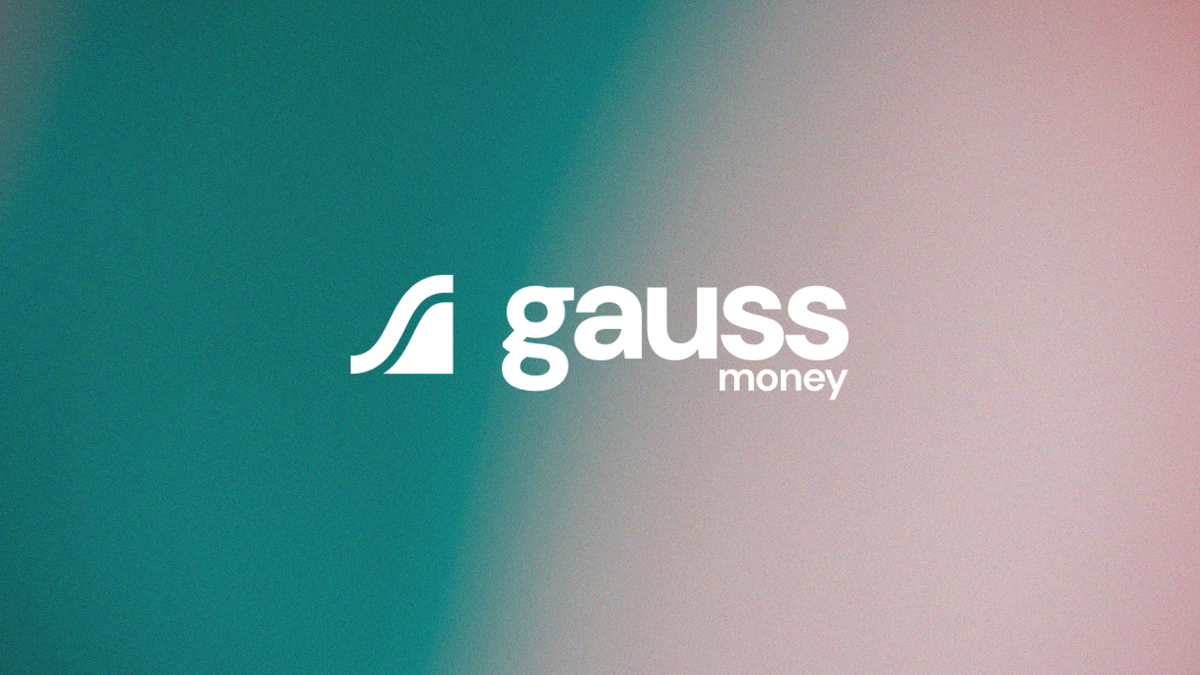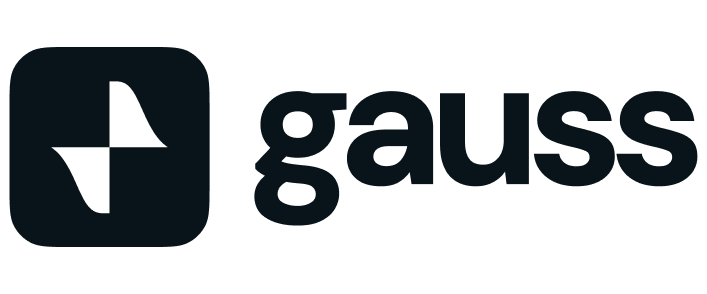Roth 401(k) vs. 401(k): Which Is Best for You?

The world of retirement savings plans can be a complex one, with various options available. Among these are the traditional 401(k) and the Roth 401(k). Both offer attractive benefits, but each suits different financial situations. The decision between a Roth 401(k) and a traditional 401(k) can significantly impact your financial future. Let's delve into the basics of each of these plans.
The Basics of 401(k)
A 401(k) is a retirement savings plan sponsored by employers. It allows employees to contribute a portion of their pre-tax salary, which reduces their taxable income. The money is then invested and grows tax-free until withdrawal. At retirement, the distributions are taxed as ordinary income. Because of its pre-tax nature, the 401(k) often reduces an individual's tax liability in the present.
Contributions to a 401(k) are often matched by employers, up to a certain percentage. This essentially equates to free money and serves as a significant incentive for employees to contribute. The maximum contribution limit for 2021 is $19,500 for those under 50 and $26,000 for those 50 and over.
The Basics of Roth 401(k)
In contrast, a Roth 401(k) offers an inverse tax advantage. Contributions to a Roth 401(k) are made with after-tax dollars, which means there is no immediate tax break. However, the significant advantage is that withdrawals at retirement are tax-free, provided the account has been open for at least five years, and the account holder is at least 59½ years old.
Like the traditional 401(k), Roth 401(k) contributions can also be matched by employers. However, the employer's contributions are pre-tax and are kept in a separate account. These contributions will be taxed upon withdrawal. The contribution limits are the same as those for a traditional 401(k).
Roth 401(k) vs 401(k): Key Differences
The primary difference between a Roth 401(k) and a traditional 401(k) centers on when you pay taxes. With a traditional 401(k), you receive a tax break upfront and pay taxes upon withdrawal. With a Roth 401(k), you pay taxes upfront and make withdrawals tax-free.
Another difference lies in the income limitations. For a Roth 401(k), there are no income limits for contributions. This contrasts with a Roth IRA, which does have income limits. A traditional 401(k) also has no income limits for contributions.
Understanding the Tax Implications: Roth 401(k) vs 401(k)
The tax implications of a Roth 401(k) and a traditional 401(k) are the inverse of each other. In a 401(k), contributions lower your taxable income today, but you will have to pay taxes when you withdraw the money in retirement. In a Roth 401(k), you pay taxes today and make withdrawals tax-free in retirement.
The choice between the two often depends on your current tax bracket and where you expect it to be in the future. If you expect to be in a higher tax bracket in retirement, a Roth 401(k) may be a better choice, as you can pay taxes now while your rate is lower. Conversely, if you expect to be in a lower tax bracket in retirement, a traditional 401(k) may be more beneficial.
Who Can Benefit from a 401(k)?
A traditional 401(k) can be beneficial for those who expect to be in a lower tax bracket in retirement. By deferring taxes until retirement, you can potentially pay less in taxes overall. This can be especially beneficial for high earners who expect their income to decrease significantly in retirement.
Additionally, those who want to reduce their taxable income now may find a 401(k) advantageous. By contributing pre-tax dollars, your taxable income decreases, potentially putting you in a lower tax bracket.
Who Can Benefit from a Roth 401(k)?
A Roth 401(k) can be an excellent choice for those who expect to be in a higher tax bracket in retirement. Because you pay taxes upfront, you can avoid potentially higher tax rates in the future.
Younger workers who are currently in a lower tax bracket may also benefit from a Roth 401(k). They can pay taxes now while their rate is low, and then make tax-free withdrawals in retirement.
The Pros and Cons of 401(k)
A traditional 401(k) offers several advantages. It allows for tax-deferred growth and the prospect of paying lower taxes in retirement. It also reduces your current taxable income. However, it does have some downsides. You will have to pay taxes upon withdrawal, and if you withdraw before age 59½, you may be subject to a 10% early withdrawal penalty.
The Pros and Cons of Roth 401(k)
A Roth 401(k) also has its advantages and disadvantages. On the upside, it allows for tax-free withdrawals in retirement and has no income limits for contributions. On the downside, it doesn't reduce your taxable income now, and if you expect to be in a lower tax bracket in retirement, you could end up paying more in taxes overall.
Conclusion
Both the Roth 401(k) and the traditional 401(k) provide valuable means to save for retirement. Each has its benefits and drawbacks, and the choice between the two is a personal one. By understanding the differences and considering your financial situation, you can make an informed decision that sets you up for a secure and comfortable retirement.
Do you have unpaid credit cards?
Gauss money can help pay off your credit cards easily. Pay off any credit card balance using a low-interest credit line from Gauss. You’ll save with a lower APR and you can pay off balances faster. Gauss offers no annual fees, no origination fees, and no fees of any kind. Check out Gauss for a lower APR today to maximize your credit cards.
Additionally, use tools like the credit card payoff calculator to visualize your progress overtime, and get insights into how much you should put towards your debt to achieve your debt free date. Our debt payoff calculator and debt tracker is 100% free to use via our website or our mobile app.
